-
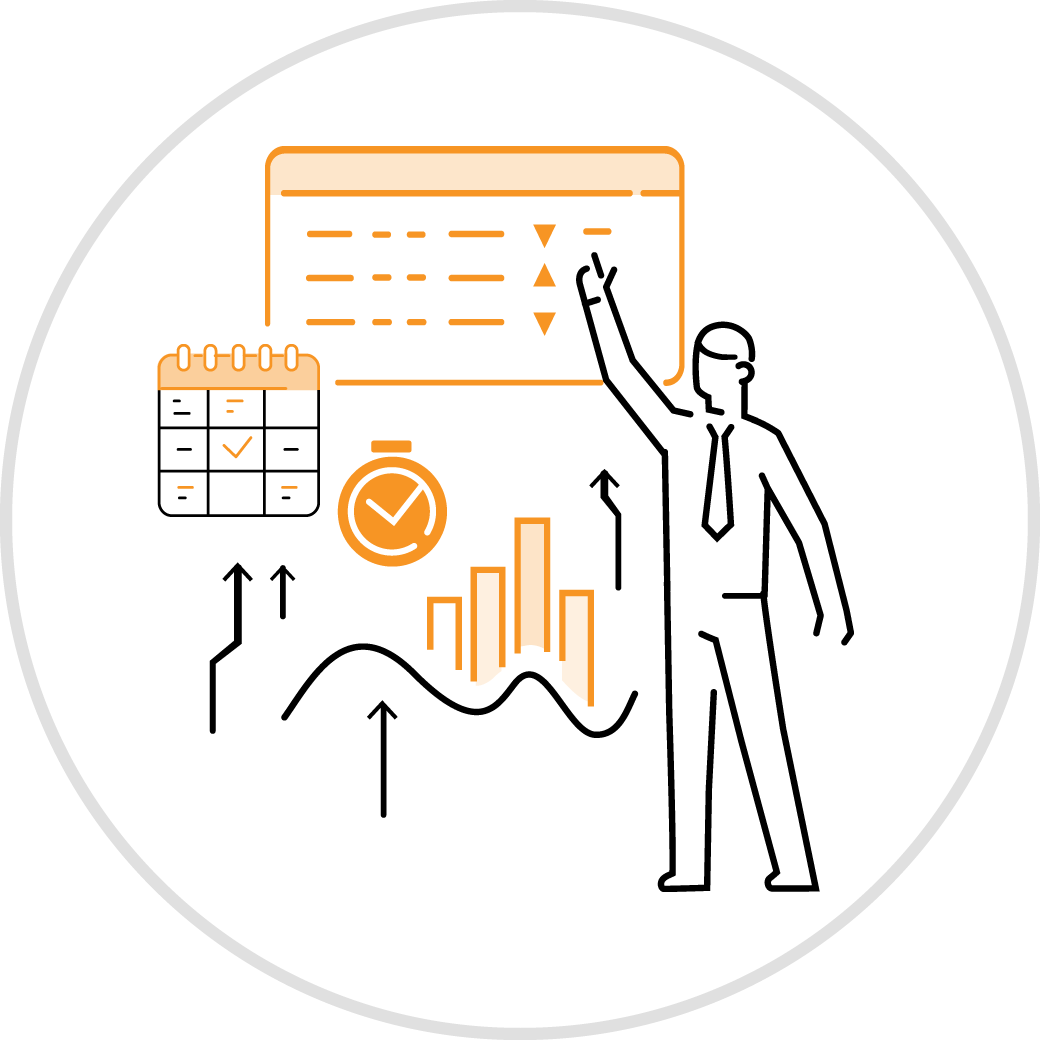
Financial Footnote Disclosures
In many fields, people often overlook footnotes. They provide extra details that aren't usually key to the main content, but still hold value. However, in the world of financial accounting, and particularly with the ASC 842 standard, this isn't the case. The ASC 842, a standard set by the FASB, has seen many updates over the years, making its disclosure requirements more complex. Understanding the small yet crucial points in these footnotes is vital, as they've evolved and carry significant importance.
At iLeasePro, we specialize in how footnotes relate to leasing in your business. We're perfectly positioned to help you grasp their importance, adhere to regulations, and identify financial opportunities.
Footnote Disclosures: A Definition
A common misunderstanding about footnote disclosures is their detailed nature.
What does this mean? Footnotes detail the methods companies use to report their finances. This includes information in their balance sheet, cash flow, and income statements, the last of which is also called a statement of activities. These footnotes offer insights into a company's accounting practices and any changes since adopting the ASC 842 standard. They provide a clear picture of a company's financial health to insiders and outsiders, showing both current status and future prospects.
Legally, certain financial details must be clearly disclosed in these footnotes. This includes information about future plans, legal obligations, and financial responsibilities.
Footnotes are not just legal requirements; they help companies by clarifying their financial standing, which is crucial for their profitability.
-
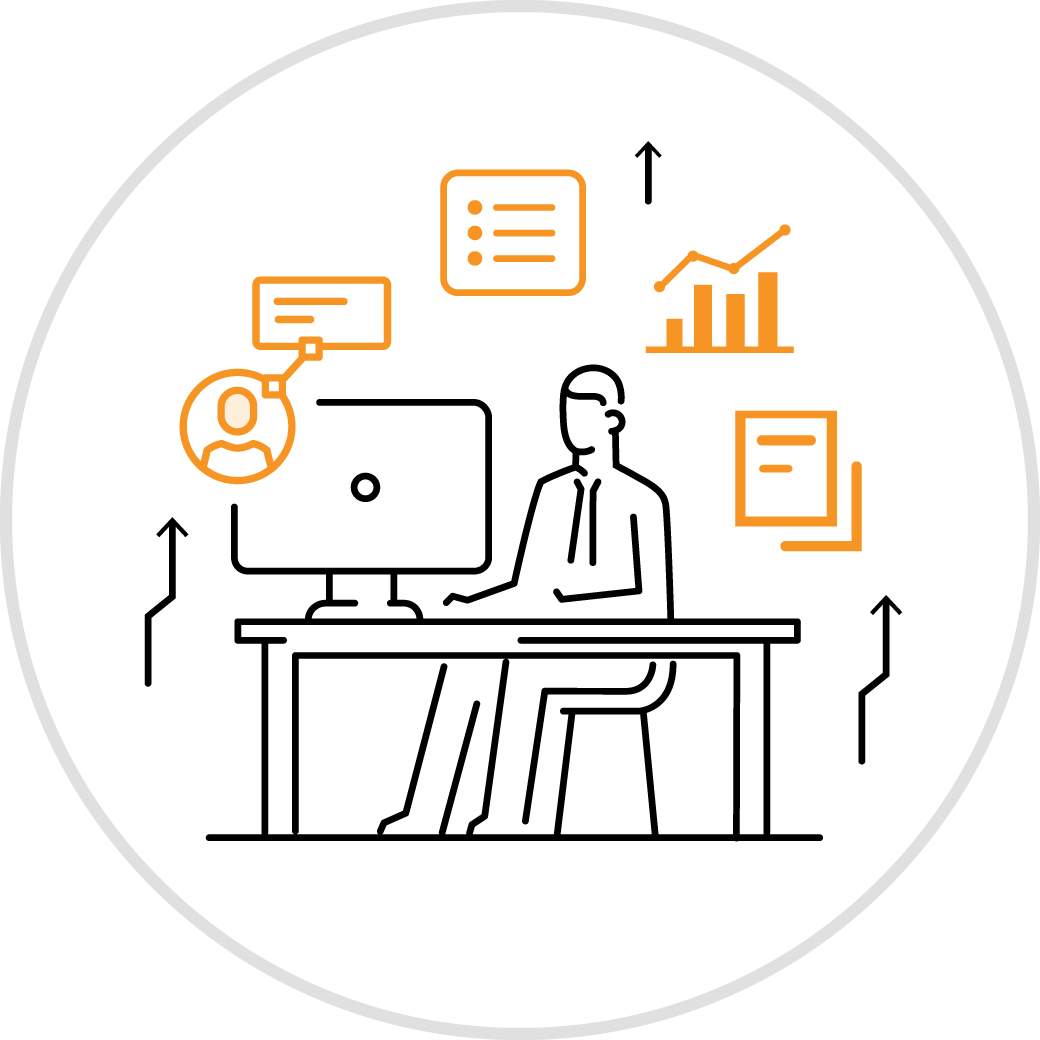
Footnote Disclosure Changes Under ASC 842
ASC 842 started applying to public companies in fiscal years after December 15, 2018, including the periods within those years. For all other groups, it began for fiscal years after December 15, 2019, and the periods within years starting after December 15, 2020, the effective dates of the ASC 842.
With ASC 842, how companies handle lease accounting changed a lot. Before, under ASC 840, how leases were shown in financial reports was different. Now, ASC 842 requires that all leases, whether they are for a short time or a long time, must be shown clearly on the balance sheet. This is a big change from the old way, where only certain leases (called finance or capital leases) had to be listed on the balance sheet. Other types, known as operating leases, were just mentioned in the notes. ASC 842 makes companies list the value of what they have the right to use (like leased property) and what they owe for leases right up front, making everything more transparent. -
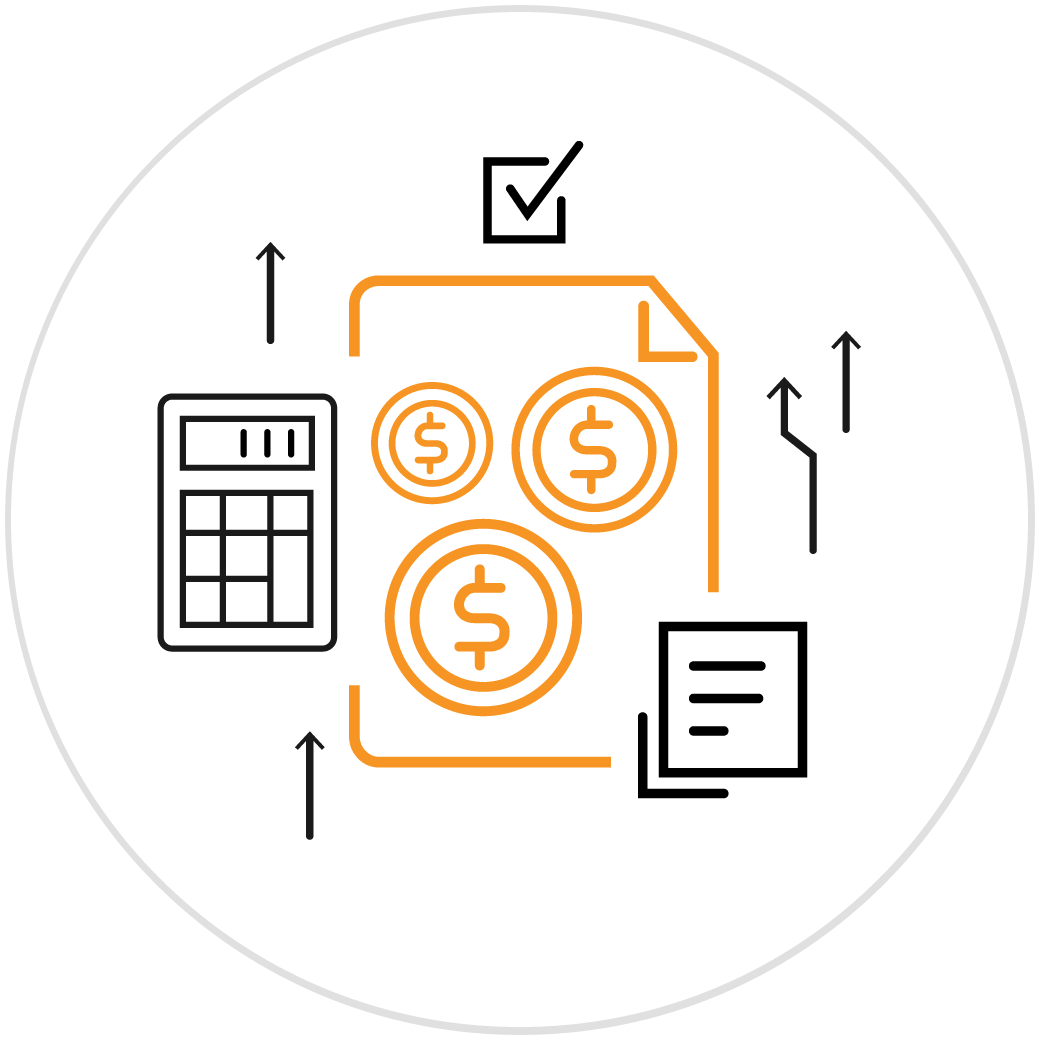
Under the new ASC 842 rules, companies must share detailed information about their leases in their financial reports. This includes explaining any payments that can change over time, showing the average discount rate they use, and the time period these reports cover. Sharing the average discount rate helps people understand how lease debts affect the company's finances. Including information about variable payments sheds light on future money the company will spend on leases.
For leases that last only a short time, 12 months or less, and don't need to be shown on the balance sheet, companies still have to report how much they spend on these leases. This way, everyone gets a full view of the company's lease dealings. These rules are meant to give a complete picture of what the company owes and owns from leases, making it easier for investors and company financial teams to judge the company's financial health.
The push for these detailed lease reports under ASC 842 is all about making financial information more transparent. By doing so, it makes sure everyone knows about the company's assets and debts from leases, helping stakeholders make better decisions. Moving to ASC 842 from the old ASC 840 rules marks a big shift in how companies record their leases, aiming to make financial reports clearer and easier to compare. -
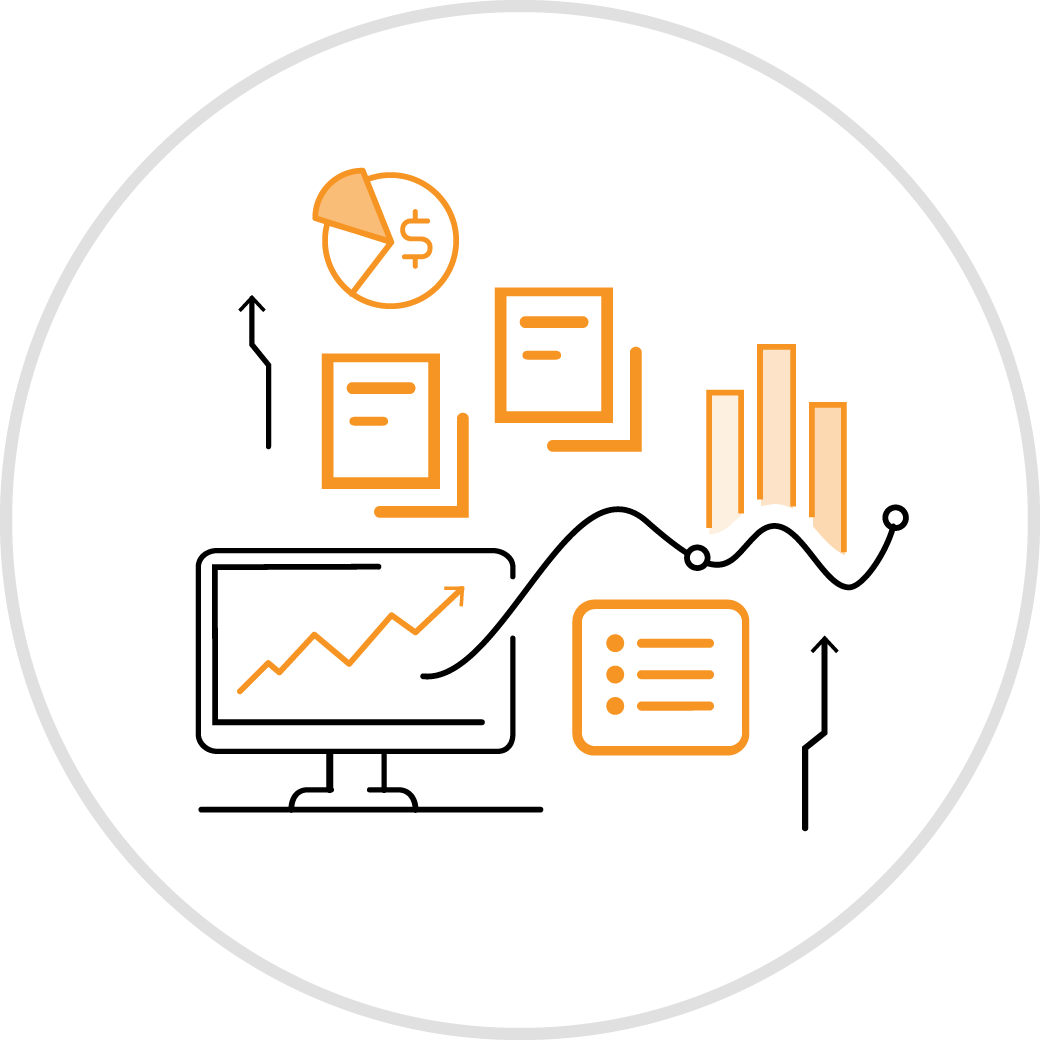
Why It’s Important to Get Your Footnotes Right
Leases are complex agreements that vary widely. Companies with many leases know how tricky they can be to manage. Keeping a good record of lease data is crucial because mistakes in the lease information can lead to significant financial risks that are otherwise avoidable with a clear and accurate record-keeping process.
Errors in recording lease details not only waste accountants' time but can also harm a company's reputation and its smooth operation. If financial records are not kept clear, crucial financial details can be overlooked or lost, leading to serious mistakes in financial reports. The longer these mistakes go unnoticed, the more damage they can cause. -
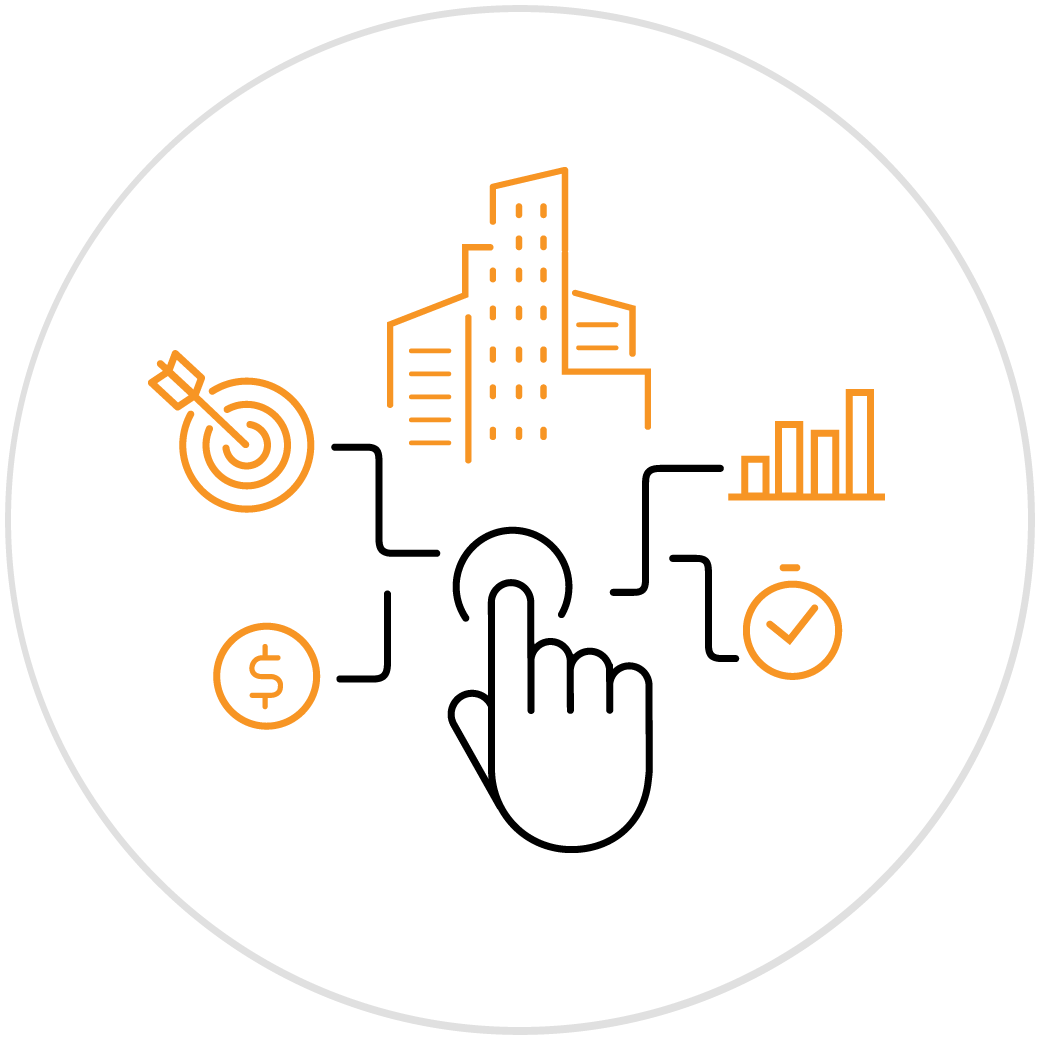
How to Simplify the Footnote Disclosure Process
Dealing with mistakes in lease information can feel overwhelming, but the solution is straightforward: the right software, like iLeasePro. This software should be detailed, strong, and able to handle information from within the company and from outside partners involved in leases.
What does this software do? Beyond just keeping accurate records, it helps prepare journal entries and financial disclosures that are thorough enough to pass detailed audits. It's also designed to meet various accounting standards like ASC 842, IFRS 16, and GASB 87.
Such tools not only improve the accuracy of your financial statements but also enhance the quality of your reports. This leads to better insights into your company's financial health and operations. The result? More efficiency, cost savings, quicker identification of opportunities, and improved profits.
The Required Data
ASC 842 is a new rule for lease accounting introduced by the Financial Accounting Standards Board (FASB), replacing the old rule, ASC 840. This new standard makes companies show their lease assets and liabilities on their balance sheets and share detailed information through financial reporting about their lease agreements. These are the data that your auditors will be checking for:
- Overview of Lease Deals - Types of Leases. Details on lease agreements, including how payments that can change are figured out.
- Key Judgments Made In Applying - How Discount Rates Are Chosen. Explanation of how the discount rate for the lease was picked, such as the rate in the lease itself or the company's own borrowing rate.
- Details on Lease Assets and Liabilities - Amounts on the Balance Sheet. The value of lease assets and liabilities, shown separately from other items.
- Cash Flow Details - Undiscounted Cash Flows. All lease payments expected to be made over the lease term without reducing them to their present value. Required in the process of recognizing and measuring lease liabilities and right-of-use (ROU) assets.
- Additional Info - Average Lease Term and Discount Rate. The average time left on leases and the average discount rate used.
- Transition to ASC 842 - How the Change Was Made. The method chosen for transitioning to the new standard and any shortcuts taken.
- Lease Activities. Information on new or changed lease agreements during the year.
- Lease Terms. Details on options to extend, end the lease early, or buy the leased item, including how these options are handled in the accounts.
- Deciding on Lease Type. How decisions were made on whether an agreement is a lease and if it's a finance or operating lease.
- Future Lease Payments. A schedule showing when future lease payments are due, matched with the lease liabilities on the balance sheet.
- Lease Costs. For operating leases, the total cost including fixed and variable payments, any income from subleases, and losses from lease assets that lost value.
- Lease Payments in Cash. Total cash spent on leases during the year, divided by operating and financing activities.
- Non-Cash Lease Info. Details on lease assets received in exchange for taking on lease obligations.
- Improvements to Leased Property. Information on improvements to leased property.
- Subleasing. Details on any subleasing arrangements, including income from subleases.
- Effect of the New Standard. How moving to ASC 842 changed the financial statements at the start.
Auditors need to make sure companies are sharing all necessary details according to ASC 842, looking at both the numbers and the explanations. The aim is to give everyone reading the financial statements a clear picture of the company’s lease obligations and how they affect its financial health and cash flow. Good disclosure under ASC 842 makes it easier to understand and compare companies’ finances.
ASC 842 Disclosure Example
Let's consider a hypothetical company, Tech Innovations Inc., to illustrate the ASC 842 disclosure requirements. Tech Innovations Inc. has entered into several lease agreements, including both operating leases for office spaces and finance leases for company vehicles and equipment. As required by ASC 842, Tech Innovations Inc. must recognize right-of-use (ROU) assets and lease liabilities on its balance sheet for these leases and provide detailed disclosures in its financial statements.
Note X: Leases
Tech Innovations Inc. has adopted the ASC 842 standard for lease accounting, which requires the recognition of ROU assets and lease liabilities on the balance sheet. The company leases multiple office spaces under non-cancelable operating leases, with lease terms ranging from 5 to 10 years. Additionally, the company has entered into finance leases for certain office equipment and company vehicles, with terms ranging from 3 to 5 years.
1. Operating Leases
- ROU Assets and Lease Liabilities: As of December 31, 202X, the company recognized ROU assets of $2,500,000 and corresponding lease liabilities of $2,500,000 related to operating leases.
- Lease Expense: The total lease expense for the reporting period was $500,000.
- Variable Lease Payments: Variable lease payments, primarily consisting of operating costs and utilities, amounted to $100,000 for the reporting period.
- Weighted Average Discount Rate: The weighted average discount rate applied to the operating leases is 5%.
2. Finance Leases
- ROU Assets and Lease Liabilities: For finance leases, ROU assets of $1,000,000 and lease liabilities of $1,000,000 were recognized as of December 31, 202X.
- Short-Term Lease Expense: Not applicable, as all leases are recognized on the balance sheet.
- Weighted Average Discount Rate: The weighted average discount rate for finance leases is 6%.
3. Maturity Analysis of Lease Liabilities:
The disclosure provides a maturity analysis of lease liabilities, detailing the future minimum lease payments under non-cancelable leases, segregated by operating and finance leases for the next five years and a total amount for periods thereafter.
4. Lease Term and Discount Rate:
- Operating Leases: The weighted average remaining lease term is 7 years.
- Finance Leases: The weighted average remaining lease term is 4 years.
This information demonstrates how Tech Innovations Inc. complies with ASC 842 Disclosure Requirements by disclosing detailed information about its leases, including the nature of its lease arrangements, the recognition of ROU assets and lease liabilities, expenses related to leases, and the weighted average discount rate. Such disclosures are crucial for stakeholders to assess the financial health and obligations of the company accurately.
Get All the Benefits of Footnote Disclosures
So how do you get these benefits? Fortunately, that’s simple to do, too. To let us use our expertise to help you, you can call iLeasePro at 888-351-4605, or you can go to iLeasePro.com and access our excellent information about our software products and our process to find out how it all works.
Try it today and see for yourself how easy it is to use! View our pricing and Schedule A Demo Now to learn more and see how iLeasePro can work for you.
Let iLeasePro Simplify Your Lease Accounting
Schedule a DemoRelated: iLeasePro Free Trial, iLeaseXpress, iLeaseXpress Unlimited, ASC 842 Financial Reporting, ASC 842 Balance Sheet Reporting, ASC 842 Income Statement Reporting, ASC 842 Cash Flow Reporting, ASC 842 Statement of Shareholder Equity, ASC 842 Disclosure Notes, ASC 842 Management Discussion, ASC 842 Comprehensive Income, ASC 842 Glossary of Terms, ASC 842 Journal Entries, ASC 842 Software, When Is the ASC 842 Compliance Date, FASB Lease Accounting Software, Understanding the New FASB ASC 842 Lease Accounting Standard, How Does a Lease Balance Sheet Change After the New Standard?, Tracking Lease Details After ASC 842, Deferred Rent Explained Under the ASC 842, Guide to Lease Classification, Overview of Relevant Borrowing Rate, Lease Accounting, What Does Lease Accounting Software Do?, Key Features of A Lease Accounting Software, How to Never Miss Important Lease Dates, Scaling Your Lease Accounting Software to Your Business Needs, How to Select the Right Lease Solution, How to Set Up Lease Accounting Software, What is the Best Lease Accounting Software?, Overview of the Types of Leases, Equipment Lease Software, How the Right Lease Management Software Makes Equipment Leases Easier, Lease Tracking Software, How The Right Software Can Help You Manage Lease Data, Five Benefits of a SaaS Lease Management Solution, A Centralized Lease Portfolio Making Asset Management Easier, Lease Analysis 101, Lease Analysis: The Financial Metrics, Lease Abstraction, The Importance of Lease Abstraction for Lessees, The Lease Data an Abstract Should Include, What Software Do I Need for Lease Abstracting?, Navigating The ASC 842 Accounting Audit, Ultimate Lease Accounting Audit Checklist, Essential Guide To Engaging Auditors, Leveraging AI for Enhanced Year-End Audits Transitioning to the ASC 842 Standard Lease Document Management ASC 842 Short-Term Leases Practical Expedients Lease Modifications & Remeasurements Lease Variable Payments Embedded Leases Monitoring Critical Lease Dates Transportation - Navigate the ASC 842
